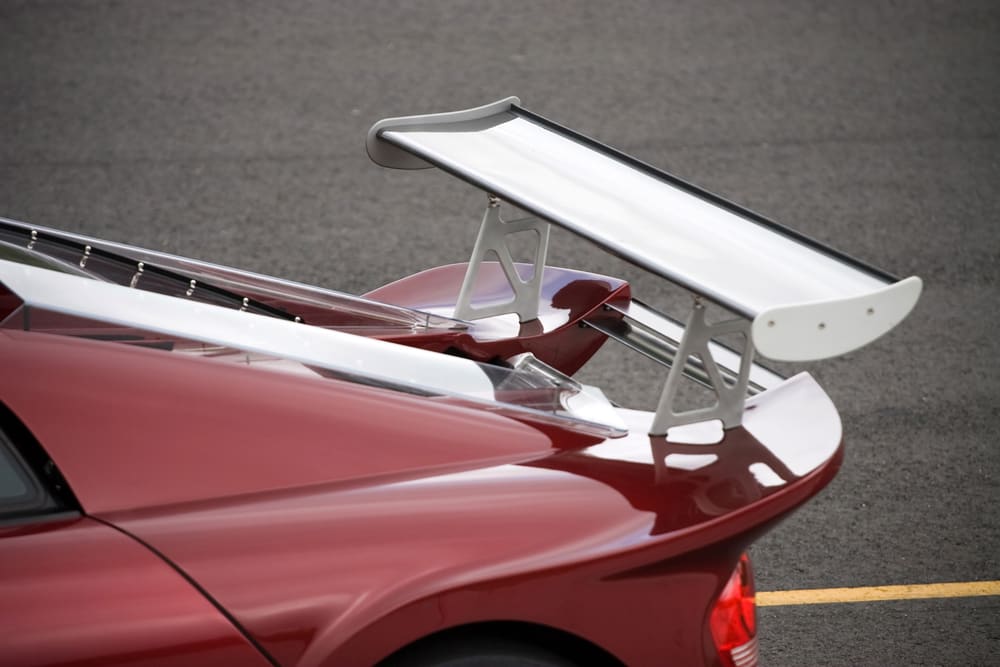

ARENA Creative / Shutterstock.com
California has a variety of laws that govern the modifications you can make to vehicles driven on the roadways. Whether you are altering your current vehicle or are moving to the state, make sure your vehicle is street legal by following the regulations listed below.
Sounds and noise
California has laws in place to promote a quiet environment and some of them cover sound system and muffler systems on your vehicle.
Sound system
- Sound systems can’t be heard 50 feet or over from a vehicle driving on the highway.
Mufflers
California muffler laws include the following:
Exhaust systems can’t be modified in a way that increases or amplifies the amount of sound that the vehicle makes beyond that produced by factory equipment.
Vehicles (except for motorcycles) with a gross vehicle weight less than 6,000 pounds must produce sound that is 95 decibels or less.
Tip: Also check with local county laws in California to make sure you are following any municipal noise ordinances that may be more stringent than state-level laws.
Frame and suspension
California also has limitations on the frame and suspension heights:
Body lifts can be no more than five inches.
Vehicles can’t exceed 14 feet in height.
Vehicles with a Gross Vehicle Weight Rating (GVWR) less than 4,500 can’t exceed a frame height of 27 inches.
GVWR between 4,501 – 7,500 can’t exceed 30 inches in frame height.
-
GVWR between 7,501 – 10,000 can’t exceed a frame height of 31 inches.
Engine
California also has regulations concerning engine modifications. These include:
All engines must be certified for use in California (49-state or federal Environmental Protection Agency certified engines are not permitted).
Emission control systems must be certified as for the same or newer model year vehicle to ensure compliance with emissions certification standards.
External and internal engine modifications (intakes, cams, pistons, etc) must use parts that are EPA certified or ARB-exempted for use in the particular engine.
Vehicle must pass a Smog Check provided by the Bureau of Automotive Repair Referee Station.
Lighting and windows
Lights
Vehicles can only have two fog lamps.
No more than two spotlights with white lamps are permitted.
Spotlights must be 32 candlepower or less and can’t illuminate the roadway more than 300 feet from the vehicle.
No more than four lamps can be lit at a single time.
Window tinting
Non-reflective tint is allowed on the top four inches of the front windshield.
Front side windows must allow over 70% of the light through.
Rear window and back side windows can have any tint darkness.
Mirrored or metallic tint on front and back side windows can’t be any more reflective than a standard window.
Antique/classic car modifications
California requires that kit vehicles be registered by:
- Completing an Application for Title or Registration
- Having a completed Statement of Construction form
- Undergoing a vehicle verification through the California Highway Patrol
- Obtaining official light and brake adjustment certificates from a brake and light station
- Having a completed Smog Check
If you’re considering modifying your car to be within the laws in California, YourMechanic can provide the mobile mechanics to help you install the new parts. You can also ask our mechanics what modifications may be best suited to your car using our free online Q&A system, Ask a Mechanic.



